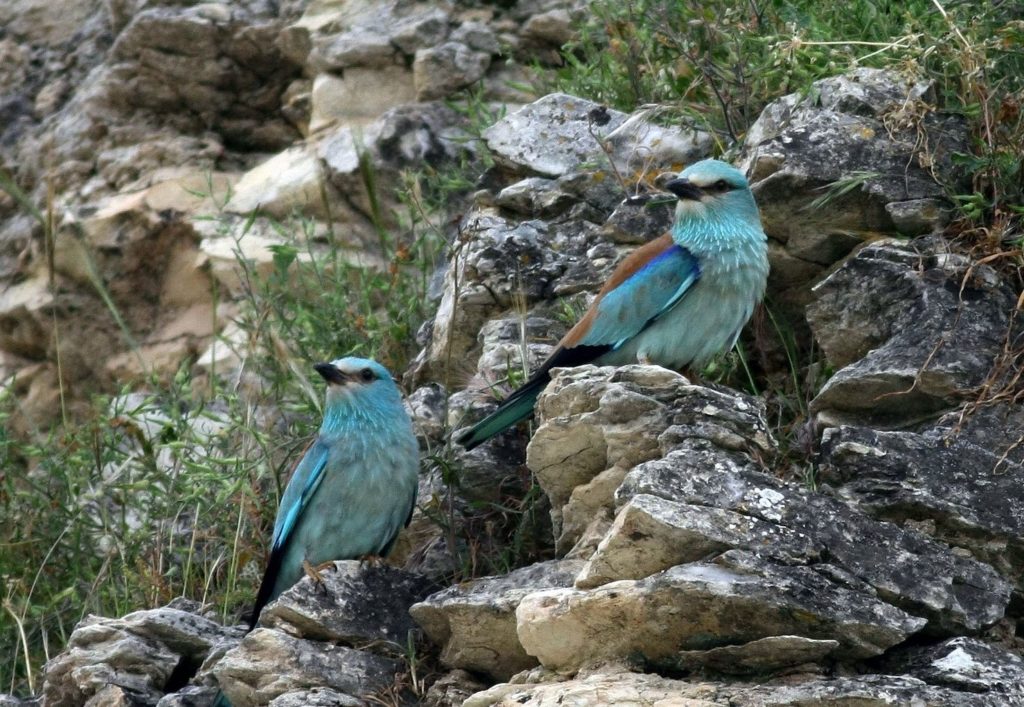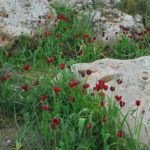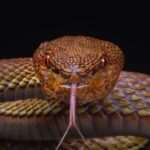North Cyprus is a must-visit for bird lovers because it’s a major migration route for many species, and it’s also a permanent home for many others. The majority of migration is from March through to May when you will see northward migration, and then again between August and October when you can see the migration heading southwards. However, it is entirely possible to see birds migrating beyond these months.
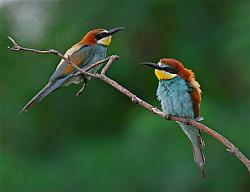
There are many places to bird watch, and a visit to any of the mountain castles in North Cyprus will give you a great view from which to watch for these birds – as well as providing you with a great day out walking in history.
Statistics state that you should be able to see around 347 species of bird, with 46 of these being natives of Cyprus. That leaves 301 species, some of which spend the winter in North Cyprus, some will be migrating using North Cyprus as a resting point, while some will actually become residents for a short amount of time during breeding seasons.
 You will often see families of Red-Rumped Swallow and Cliff Swallows in the springtime arriving and setting up nests in the rafters of properties, and surprisingly they seem to visit the exact same spot each year, immediately setting about re-building their nests after travelling hundreds of miles to get here!
You will often see families of Red-Rumped Swallow and Cliff Swallows in the springtime arriving and setting up nests in the rafters of properties, and surprisingly they seem to visit the exact same spot each year, immediately setting about re-building their nests after travelling hundreds of miles to get here!
You can also see flocks of migrating cranes, buzzards and bee-eaters amongst others, which are wonderful sights to see, each with their own distinct sound to distinguish them. Other birds which you may also see during migration seasons are Golden Eagles, Griffin Vultures, Hoopoes, as well as the trusty old Robin.
There are many sites to bird watch from apart from the mountain castles and the surrounding countryside, and venturing to places like the reservoirs at Geçitköy near Güzelyurt, Koprulu in Famagusta and the Gönyeli and Kanlıkoy reservoirs near Lefkoşa should provide plenty of opportunity for you to see different species of birds. If you travel further out to the end of the Karpaz Peninsula you will find the Klidhes Islands, which is a favoured area for sea birds such as the Shag and Cormorant. Indeed, if you venture up into the mountainous landscape in general you will see a 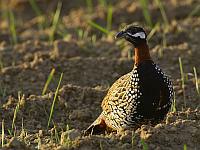 great variety of native species such as the Cyprus Warbler and Cyprus Wheatear, Francolin, Chukka (partridge) and Kestrel.
great variety of native species such as the Cyprus Warbler and Cyprus Wheatear, Francolin, Chukka (partridge) and Kestrel.
Sadly North Cyprus also suffers its fair share of environmental damage, which no doubt is affecting the natural habitat of native and migratory birds. Property development and pollution from fly tipping all inevitably affect the environment, and along with hunting and longer, hotter and drier summers, all are taking their toll. Hunting is becoming an emotive subject for many, with environmental groups claiming that some species such as the Francolin and Chukka are being hunted to extinction.
There are groups who are trying to educate the general public about the need to protect the environment and to preserve nature and wildlife, although they do need more support and assistance in achieving their aims. One such group is Kuşkor which stands for The North Cyprus Society for the Protection of Birds (in Turkish obviously!) They often hold educational lessons for children, advise on areas of special interest, and generally try to keep records of species’ numbers, migratory information 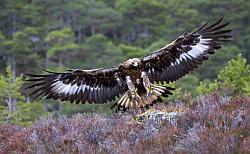 and so on.
and so on.
There is also a really good website, set up by a British man Colin Bishop, which gives great information on bird spotting areas and the types of birds you are likely to see – www.kibrisbirds.net.
Please read more information on Kuşkor , the Friends of Kuşkor initiative as well as checking this great website from the Biologists Association BIO-DER, which includes a whole list of birds to see in North Cyprus along with the Turkish and Latin names.
Finally, what a great way to conclude this article, having just been summoned outside on a late November’s morning to witness the ascent into the mountains of what appeared to be a pair of late migrating Golden Eagles – magical!

